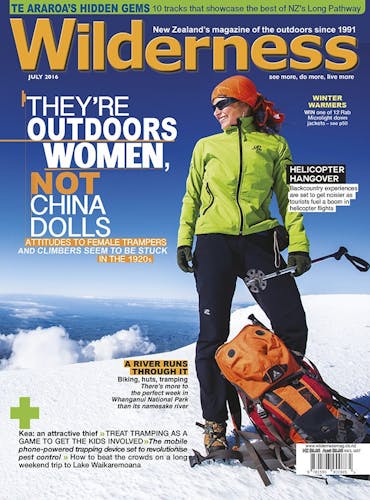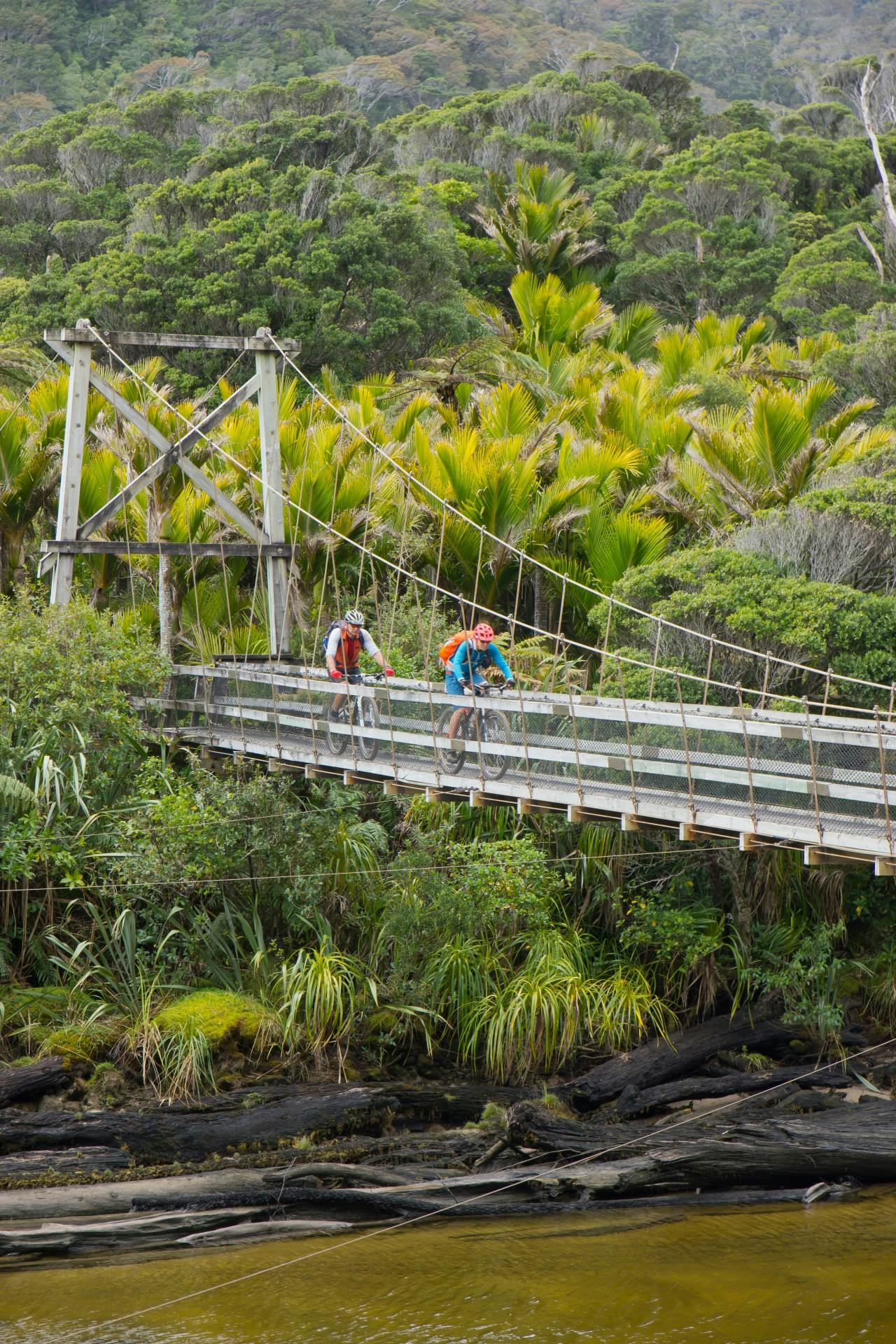DOC’s proposal to extend the mountain biking season on the Heaphy Track raises questions, writes Sam Newton
As thousands of trail riders will attest, mountain biking the Heaphy Track in Kauhurangi National Park is a fantastic trip. But then again, the tens of thousands of trampers who have walked it over previous decades would have told you the same thing.
The Department of Conservation has proposed an extension of the Heaphy Track’s mountain bike season by three months, from April 1 until November 30, excluding Easter.
Unlike other mixed-use tracks, for instance the Queen Charlotte or Wharfedale, the Heaphy lies within a National Park. Consequently the Kahurangi National Park Management Plan must be amended, and DOC is calling for submissions from now until July 12.
The Heaphy Track is characterised by variety. Open tussock lands, classic West Coast bush, a stunning section along the Heaphy River and a good stretch down the wild coast with breakers rolling in, and nikau palm groves at its southern end. It is no surprise DOC has classified the Heaphy as a ‘Great Walk’. Atypical for a Great Walk, approximately two thirds of the visitors are Kiwi.
As part of a three-year trial run, in 2011, DOC opened up the winter months from May-September to mountain bikers. Investment was poured into upgrading the track, building new bridges and the new Perry Saddle, James Mackay and Heaphy huts.
Mountain Bike New Zealand anticipated up to 3000 riders each year. Including trampers, the number of users on the track has gone from around 5000 a year to almost 7000, of which around 1700 are most likely mountain bikers. Nonetheless this can only be described as a success for those looking for multi-day mountain biking opportunities.
DOC reviewed the arrangement, concluding conflict between trampers and mountain bikers was minimal. The review found mountain biking wasn’t causing significant harm to the actual track or the ecological values of its surrounds, as long as nighttime riding was prohibited to protect the area’s giant Powelliphanta snails.
Like their tramping counterparts, most mountain bikers ride the Heaphy from north to south. Many use commercial transport to get back to their start point in Golden Bay, and the review ascribed a $756,000 benefit to the local economy from mountain bikers.
Yet there are questions that can be asked of this proposal. The majority choose to ride the Heaphy in the warmer months. Can we really expect an increase in mid-winter riders? Extending the season at each end may push any winter users into warmer months.
Will broader mountain biking opportunities complement or compete with the adjacent Old Ghost Road or planned Pike 29 Great Walk? Will the Buller region become a trail-riding hub, or is it reaching saturation point?
There has not been much reported conflict between users. But how much goes unreported? And for trampers, are three brand new huts, bigger bridges and a more evolved track worth it? Or are they outweighed by the heavily gravelled, compacted and graded track standard for riders, which can prove to be monotonous and tough on joints?
Even if the extension is just a cunning plan by DOC to sell more bed-nights in their shiny new huts, is that a bad thing? I suspect this is one of the more harmonious arrangements, and I don’t foresee any protest marches down Queen Street or road-end biffo between user groups.
But we shouldn’t be apathetic. DOC is asking for views on the plan for one of our national parks and we shouldn’t be shy about giving them. Where and how trampers and mountain bikers will share spaces in New Zealand is relatively new territory for DOC – the quality of their decision-making is improved when the public shares their views.
Details regarding the Kahurangi National Park Management Plan amendment can be found at www.doc.govt.nz
– Sam Newton is the advocacy manager – outdoors sector at the New Zealand Recreation Association. His mountain bike and tramping boots compete for attention and space in his garage.






